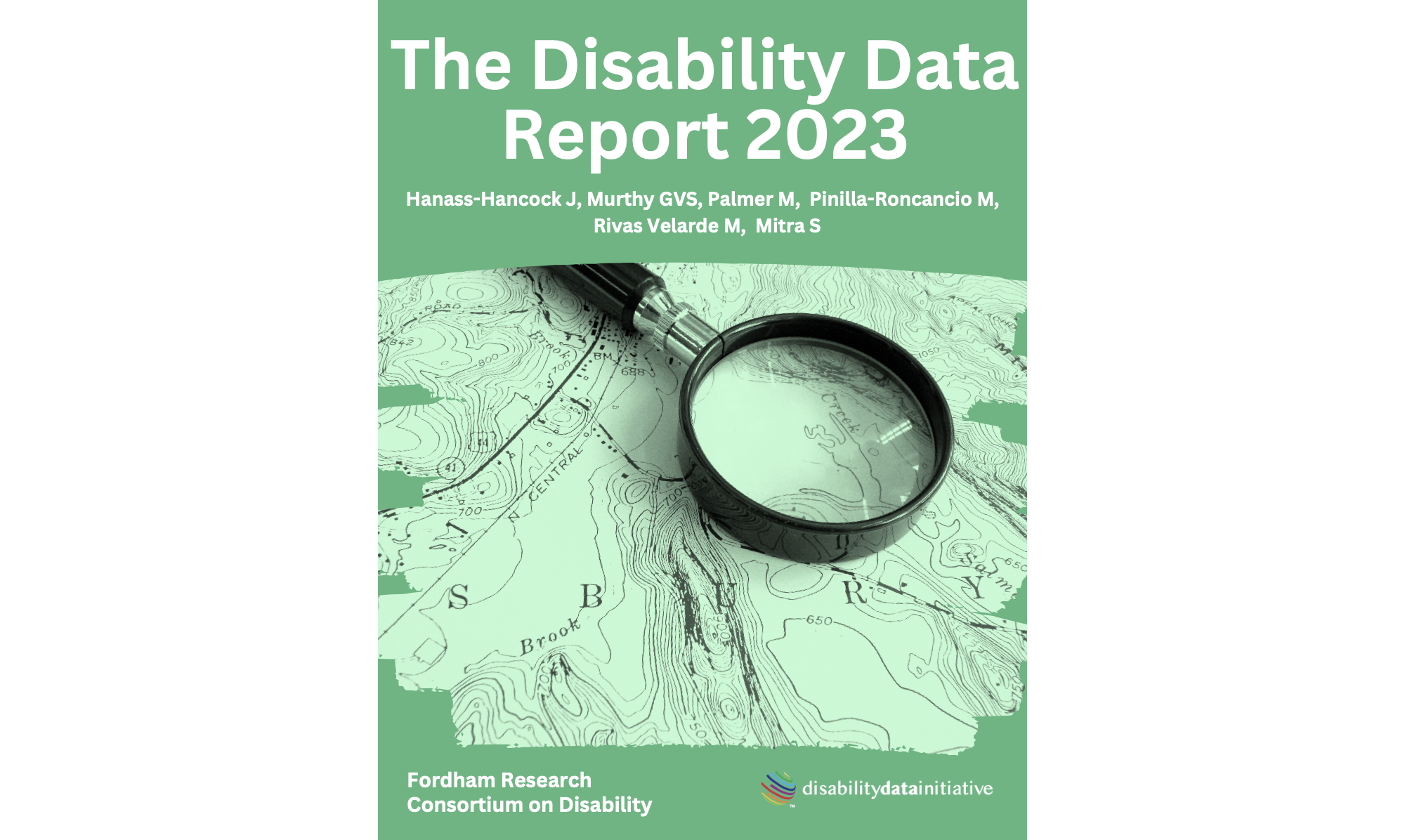To date, national statistics are only rarely disaggregated by disability status. Often, the little data we find on disability focuses only on disability prevalence. Lack of data and data analysis has contributed to persons with disabilities’ being often invisible in human rights and development policy debates.
Seven years are left to achieve the 2030 Agenda for Sustainable Development and its pledge to “leave no one behind”. In particular, Sustainable Development Goal (SDG) 10 states that “inequality within and among countries is a persistent cause for concern.” Persons with disabilities are a group at risk of being left behind. While the achievement of the 17 SDGs needs to be monitored for persons with disabilities, the paucity of statistics disaggregated by disability status makes it challenging to assess their situation at both national and subnational levels, and to be factored into budgetary, policy and programme decisions (UNPRPD 2022).
The Disability Data Initiative (or DDI) aims to close the disability data gap by making internationally comparable statistics on disability publicly available and accessible. DDI strives to inform debates and facilitate policy studies and advocacy for the rights of persons with disabilities and groups at the intersection of multiple identities such as women with disabilities or older persons with disabilities. The SAMRC is leading the work in sub-Saharan Africa as one of the Hubs of the DDI globally working with Fordham University.
A new report, the Disability Data Report 2023 was launched on the 16th of June as part of a side-event of the 16th session of the Conference of States Parties to the CRPD (COSP16), which zooms in and produces disability disaggregated indicators at the regional and district levels and offers new opportunities for monitoring the situation of persons with disabilities locally. This years report has two main objectives: 1) it maps the availability of internationally comparable disability data by reviewing national surveys and censuses and their disability questions across world regions and over time, and 2) it explores the potential to produce disability disaggregated indicators at both national and subnational levels with survey and census data for 15 countries.
Prof Jill Hanass-Hancock, Senior Specialist Scientist at the SAMRC’s Gender and Health Research Unit said “There is an urgent need for more national and sub-national datasets that regularly collect data on functional difficulties and for more analyses of existing datasets with such questions to produce disability-disaggregated data. There are currently opportunities in the disability field for data analyses that support and inform policy and advocacy, including in big data. This is critical to develop evidence-based policies and programs and to monitor the human rights situation of persons with disabilities.”
Recommendations for policy and research
- Policies, programmes and practices, no matter where they take place within a country, need to be inclusive of persons with disabilities.
- At both national and subnational levels, persons with disabilities and their representative organizations should be included in policymaking.
- More research is needed on the drivers of the heterogeneity of estimates within countries for some indicators. The barriers persons with disabilities face and the resources they have (e.g. access to assistive technology and information) vary across geographies and may contribute to diverse inequality and human rights outcomes within countries. Understanding these drivers as well as enablers of inclusion is important to inform policies to reduce disability gaps.
Perhaps unsurprisingly, the three reports produced thus far have found that persons with disabilities face significant inequalities in terms of educational attainment, work, multidimensional poverty, and subjective wellbeing. Importantly, the results show that policy work is needed to curb these inequalities and realize the Convention on the Rights of Persons with Disabilities. More immediately, the results demonstrate that disaggregating development indicators by disability status using nationally, and sub-nationally representative survey or census data is doable.
- For updates, you can follow DDI on twitter at @d_d_initiative
- Read more about the Disability Data Report 2023 | HERE
- Read more about the DDI | HERE
- Read more about Gender & Health Research Unit's DDI Programme
- Listen to the article audio

